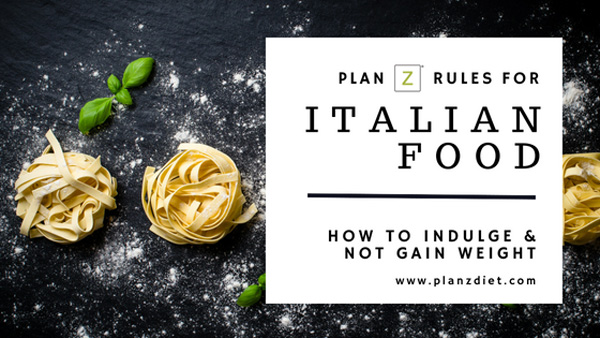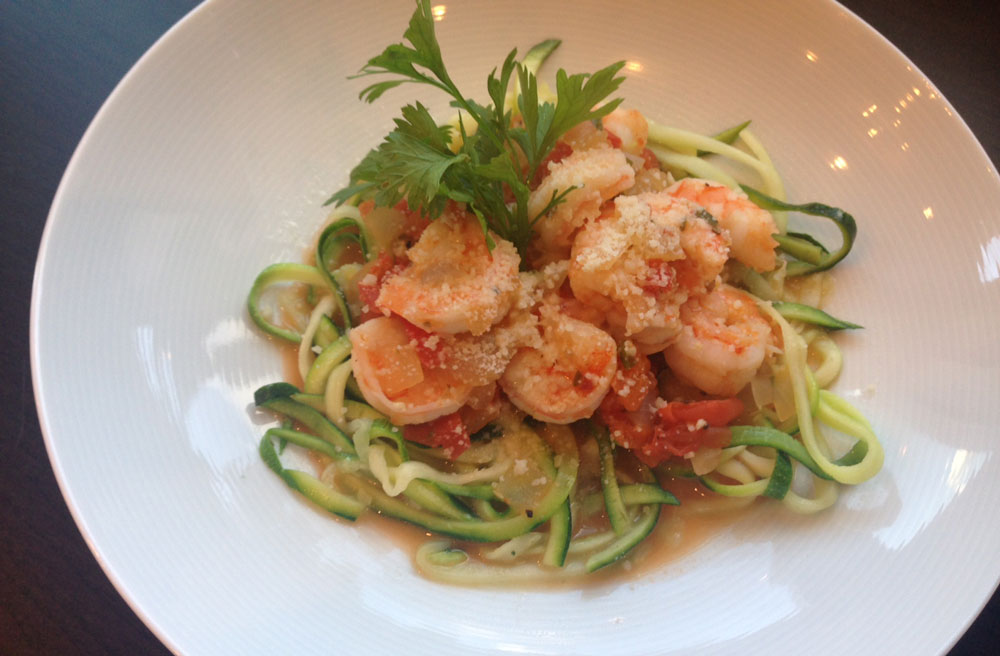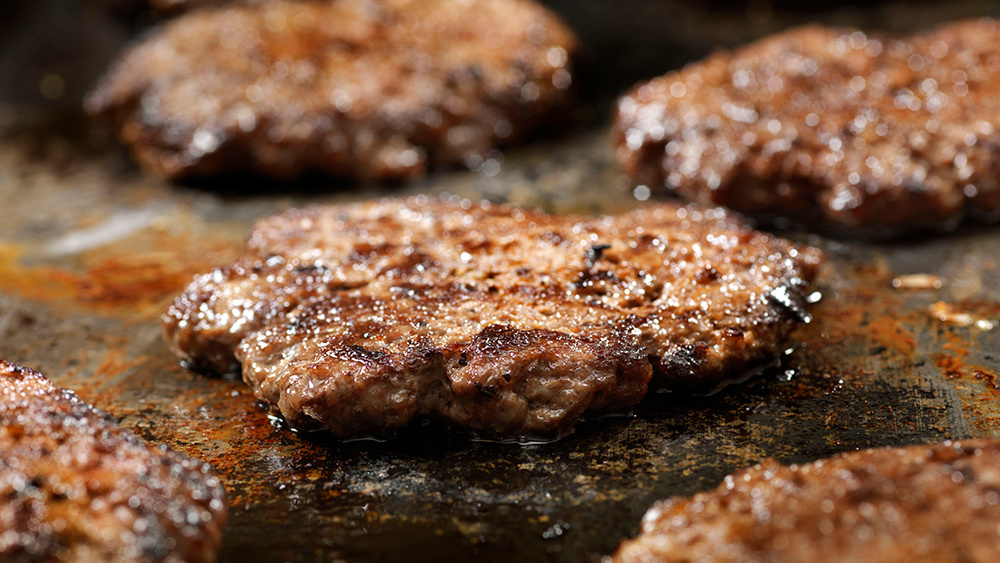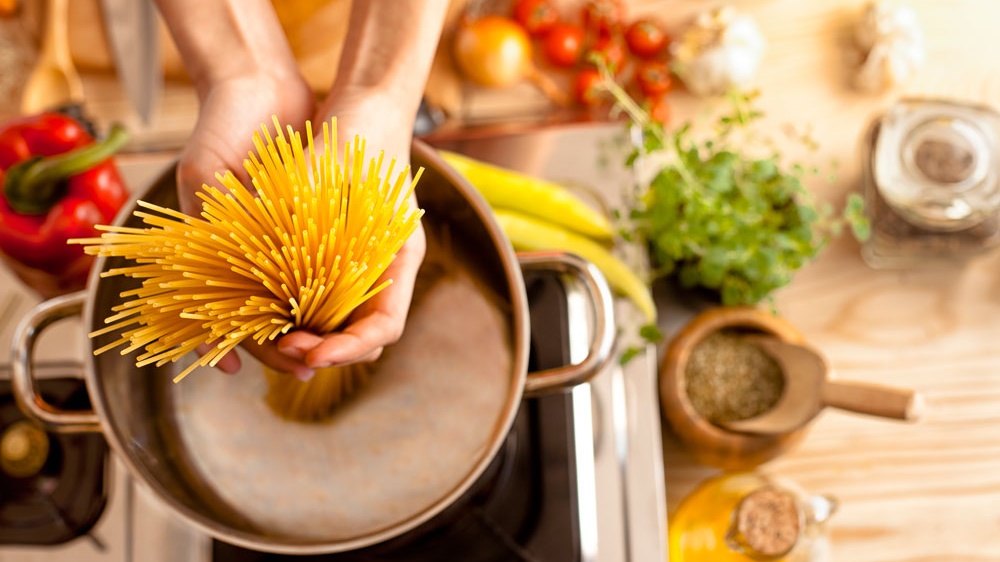How to Eat Italian Food & Not Gain Weight

 Add to favorites
Add to favorites
On my only trip to Italy I learned an important lesson. When it comes to food, it’s not how creative you can be but how authentic.
While we traveled around, I kept looking for the Italian restaurants that would serve what I referred to as “modern Italian.” I wanted crazy, creative Italian food and I thought I was in the mecca of Italian creativity, so I should find it easily.
Not so much.
What I found were traditional dishes. And what I learned is Italians rate their food based on how authentic it tastes. If the sauce tastes like the one their grandmother made, then it’s proper Italian food. In Italy, restaurants brag about their sauces and the history behind them. When you listen to Italians talk about their food they are talking about how to master a recipe that is decades old; not inventing a new one.
I did finally find what I was looking for in one restaurant in Milan. Milan is probably Italy’s most modern city, the center of fashion, so it makes sense that I found my “modern Italian” in Milan, but it took 12 days of traveling before I found it.
The Italian grandmas in this video have been asked to rate Olive Garden’s food. Be ready for a little bit of cute vulgarity and I’ll be back after you watch this short video.
What lessons can we take away that will help in the quest to enjoy Italian food and not gain weight?
- About pasta: In Italy, the primi course is when pasta is eaten. Primi means first. First course. The first course is small. They even use smaller plates for serving pasta. There is not a lot of pasta. Maybe a couple raviolis. Or a small portion of noodles. The focus is on the sauce for sure.
- Even the Italian Pasta Association agrees that pasta should be served in moderation. They refer to it as the vehicle for the sauce and the protein. True Italian pasta dishes are light, fresh, seasonal and simple.
- If you look on the back of most boxes of pasta it will give you the portion they recommend. 1 cup cooked. 1 cup cooked is a reasonable amount of pasta. That’s nothing like the portions served in most American restaurants.
- When I eat pasta, I put my noodles in the bottom of the bowl. Then I add the sauce and the protein. By the time I have enjoyed the sauce and the protein and I get to the bottom, I rarely even finish the pasta that’s in there. I’m full. But if I did finish it, I would not have had so much that it would send me into a weight gain spiral.
- The grandmas mention the sauce several times and the use of fresh tomatoes. American pasta sauces are loaded with sugar. In Italy, the savory acidity of cooked tomatoes is part of the appeal of a delicious marinara sauce. Italians think our pasta sauces are way too sweet. Instead of adding sugar, add flavor – like put salt in your pasta water, add fresh herbs like basil from your garden, and a little garlic.
- In Italy, food is fresh, local and seasonal. Even at the autogrills (quick service restaurants) you can get mozzarella and see the cows roaming in the back. Fresh food gives fresh, rich flavors – without the chemical preservatives found in American food.
- Focus on the sauce. Some spaghetti sauces in Italy have been simmering on the stove all day long before they are served. That’s the way their grandmother did it. Slow down and enjoy the process and your food.
Cheers,

Shrimp Fra Diavolo
A traditional Italian dish that is known for spice. Keep it low carb by serving it with zucchini noodles.
Nothing found.
Smash Burgers
Featured Posts,ZSpecialties,Recipes,ZS-5 Ingredients or Less,ZReboot
Smash burgers are all the rage. Step into a brew pub and you’ll likely find a smash burger on the food menu. These are NOT the huge, 8oz burgers we’ve been fed in the past. These are a thinner burger…
Nothing found.
Who Invented St. Patrick’s Day?
I always knew I was of Irish descent, but I never really knew HOW Irish I was until I got my 23 n Me results back.
Kitchen Hacks for Enjoying Lower Carb Pasta Meals
Enjoy your pasta; just don’t do it too often. Follow hints like this and you’re much less likely to gain weight.






